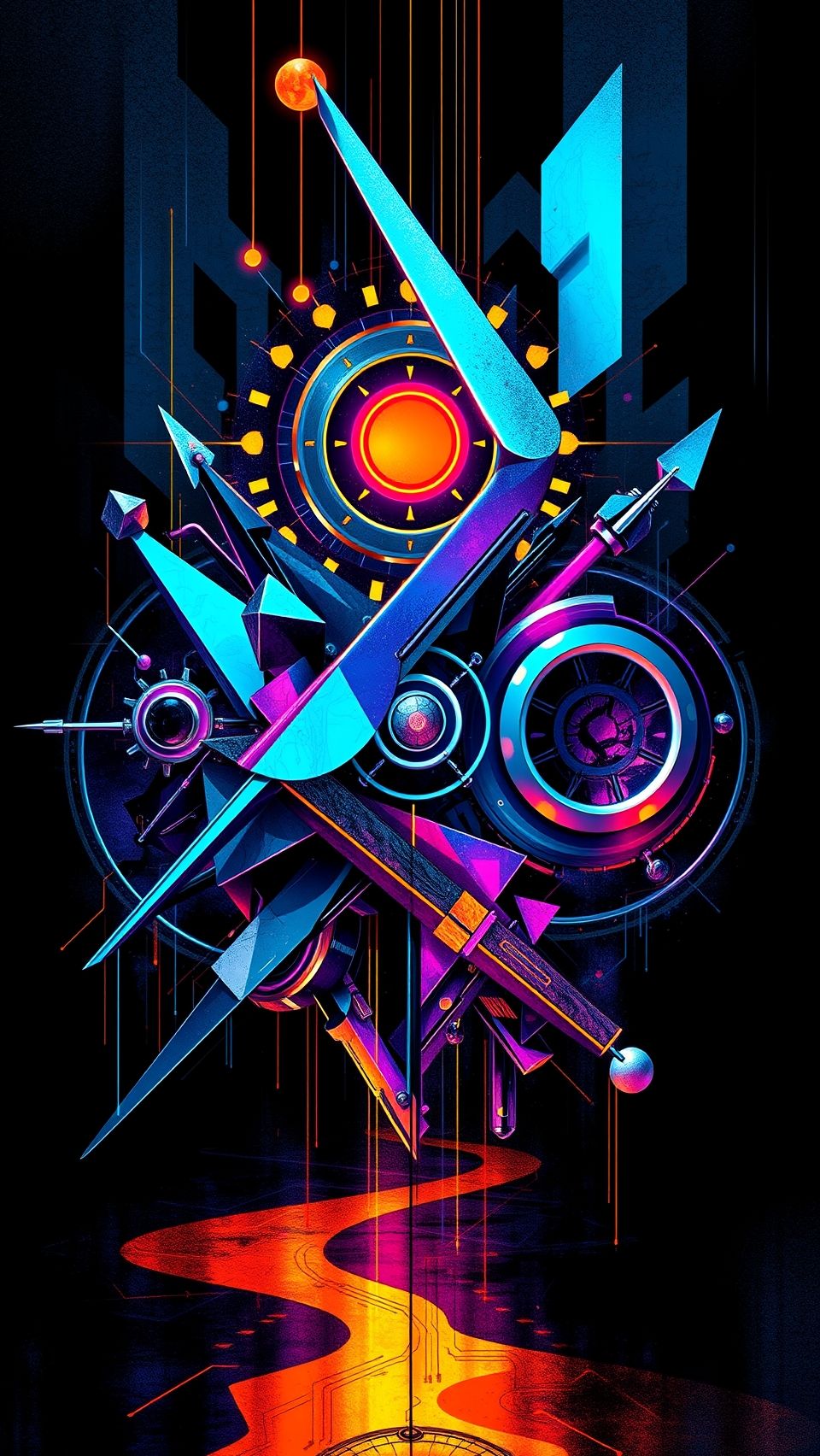Ondas Holdings Inc Acquires Sentrycs In Strategic Move To Dominate Counter Uas Market
The Acquisition of Sentrycs by Ondas Holdings Inc.: A Game-Changer in the Counter-UAS Market Ondas …
07. May 2025

The Growth of AI Exposes Cracks Within Tech Culture
As the AI race intensifies, tech companies are expected to increase AI investments to $300 billion in 2025. Across industries, executives aren’t just racing to be first in AI achievements, they’re competing not to be last. This mindset of adding AI on top of systems without considering the structures that will support its development is exposing an uncomfortable truth: businesses don’t have the culture in place to make AI work.
The hyperfixation on productivity output has led to a dearth of creativity within engineering and product teams. As companies continue to operate from a top-down command structure, they’re suffocating the agility and adaptability AI innovation requires. Strict success metrics that don’t leave room for experimentation are hindering the ability of tech teams to make impactful changes.
Managers prioritize building over decision-making, chasing upward mobility instead of focusing on the builder mindset that propelled them to their current rank. This is evident in the excessive layers of decision-making, which hinder innovation and stifle growth within organizations.
Leaders are playing defense instead of offense, focusing on layering technology on top of existing solutions rather than building AI-native solutions from the ground up. The result is piecemeal automation efforts that don’t fundamentally change business outcomes.
AI is a major technological shift, and a transformative cultural shift must follow. Throwing money at the development and implementation of AI isn’t going to solve the underlying cracks that are impeding true speed, efficiency, and innovation amongst tech workers. The culture needs to be brought down to its foundation and rebuilt around the new models and norms AI is creating.
To achieve this, organizations need to adopt a more experimental approach to innovation. Encouraging continuous experimentation is key. Innovation is an always-on mindset that needs to be treated as such. It can’t be manufactured in a boardroom; rather, it needs to be fostered and grown on the ground, where engineers and product teams solve problems.
One company’s approach has been successful: By shifting from annual hackathons to monthly or quarterly innovation days, they’ve created more space for experimentation and encouraged everyone within the organization to think and build boldly. This cultural shift is fundamentally changing how their organization functions by cultivating an environment that opens ideas and experiments to anyone.
Another key aspect is replacing managers with builders. Shifts from traditional managerial approaches to ones that prioritize creation, problem-solving, and execution are unlocking new levels of execution. At Cornerstone, they’ve moved away from traditional management approaches and empowered teams to own problems, not just processes. This shift to a creator-first mindset has unlocked new levels of speed and innovation.
Restructuring teams for speed is also crucial. Cross-functional collaboration by creating small, focused teams with clear objectives is eliminating bottlenecks and fueling innovation with speed and clarity. Within Cornerstone, they’ve restructured into focused, cross-functional teams with end-to-end ownership—bringing together product, design, engineering, and QA in a single flow.
Rethinking how AI is integrated is also essential. Traditional Software Development Lifecycle models are being redefined. With Generative AI, development cycles are collapsing. While it’s obvious to integrate AI into workflows to enhance productivity and decision-making, the real challenge lies in empowering teams with automation and intelligent analytics that are easy to use, secure, and widely adopted.
Finally, embracing generational diversity is critical. Recognizing the strengths of intergenerational collaboration by pairing Gen Z engineers—digital natives—with experienced technologists is redefining how we think about AI, problem-solving, and leadership.
Organizations that fail to adapt risk obsolescence, particularly those who have been working over the last couple of decades and seen it firsthand when the internet or on-demand services forever changed the landscape of traditional and brick-and-mortar businesses. True transformation isn’t just about adopting new tech; it’s about shifting mindsets, breaking structures, and creating a culture where innovation thrives.
Businesses must actively cultivate an environment that empowers future-focused leaders and nurtures a workforce of builders, not just managers. They must create spaces where diverse perspectives flourish, where experimentation is encouraged, and where speed and adaptability drive decision-making. Organizations that succeed in the AI era will be the ones that empower builders, embrace change, and let culture lead the way.
The future of business depends on it. The growth of AI is exposing cracks within tech culture, and it’s up to organizations to address these issues by shifting their approach to innovation, leadership, and team structure. By doing so, they can unlock the full potential of AI and become leaders in the AI era.